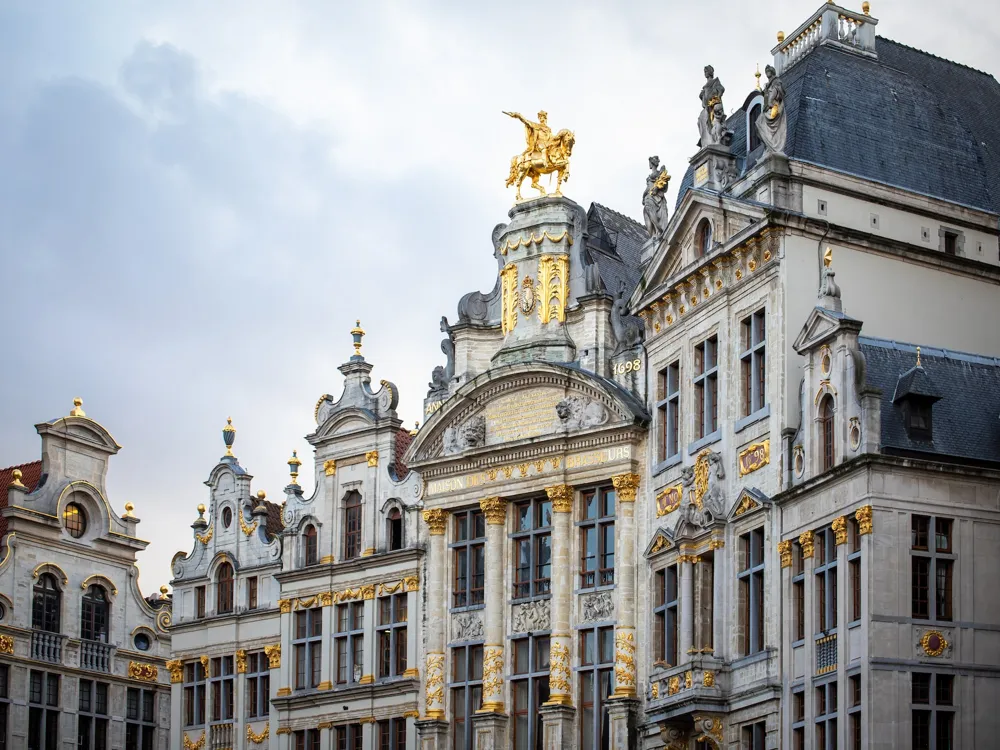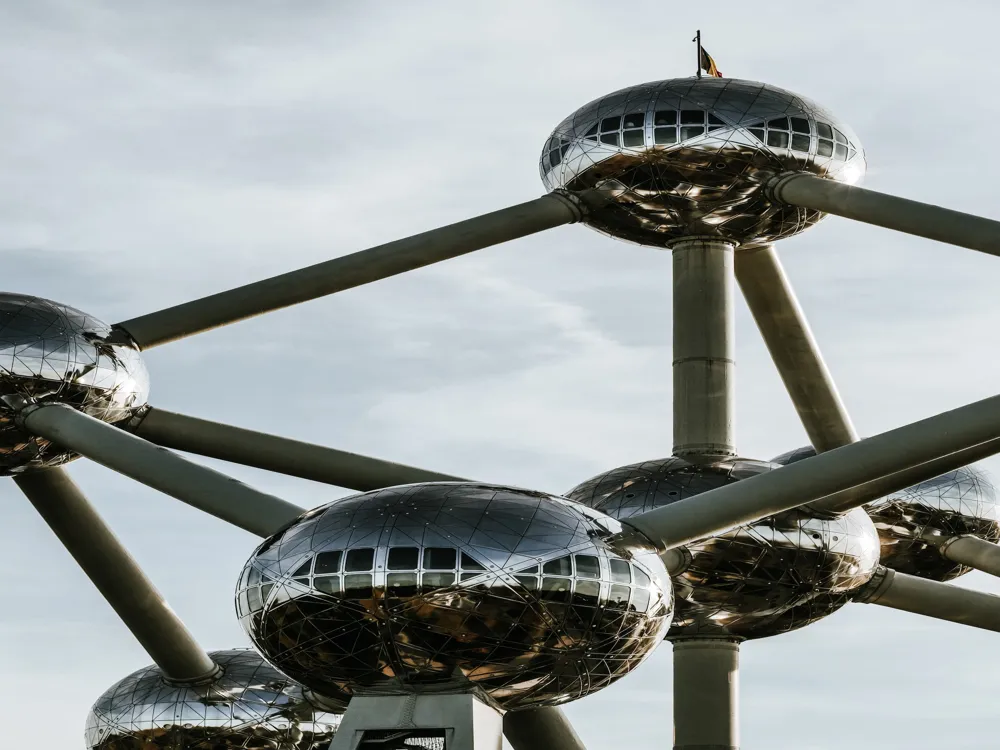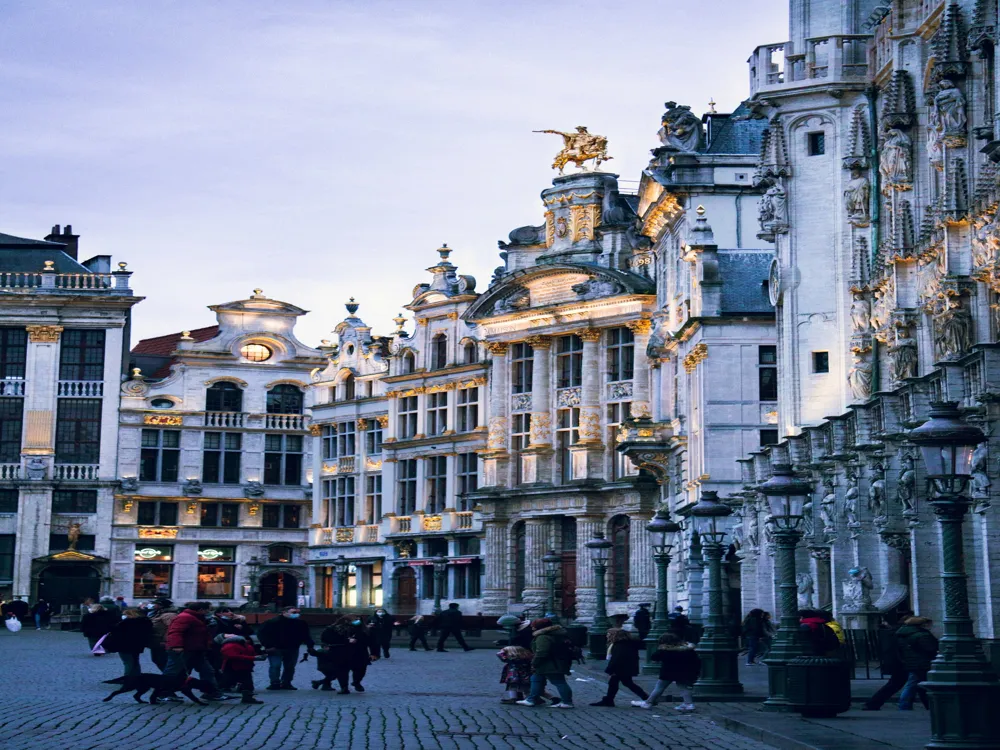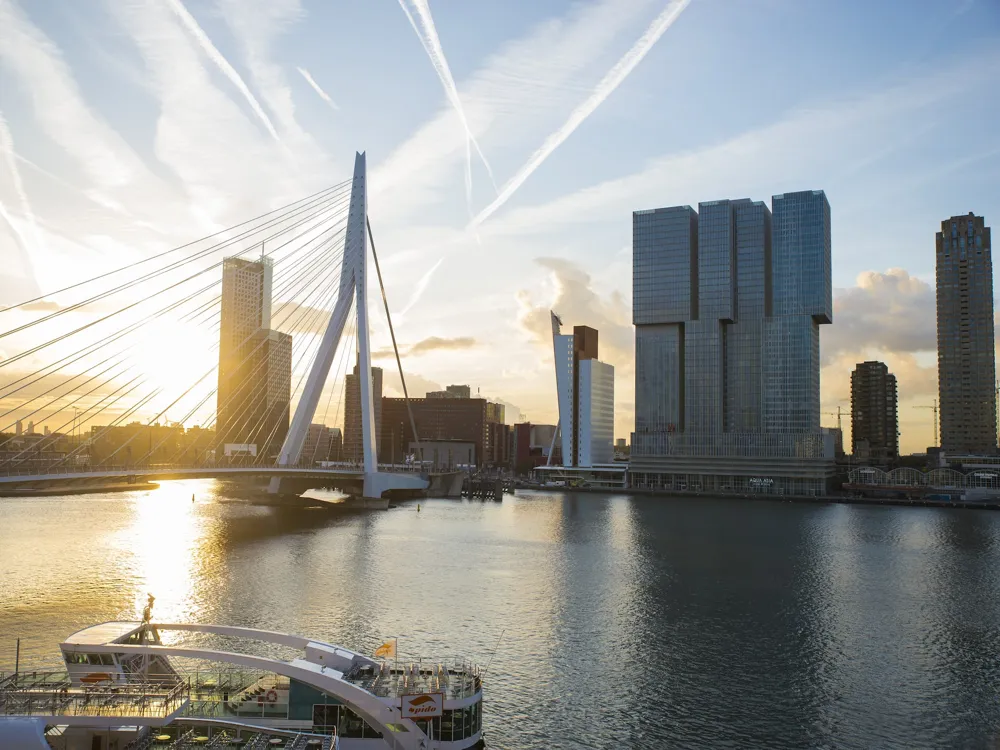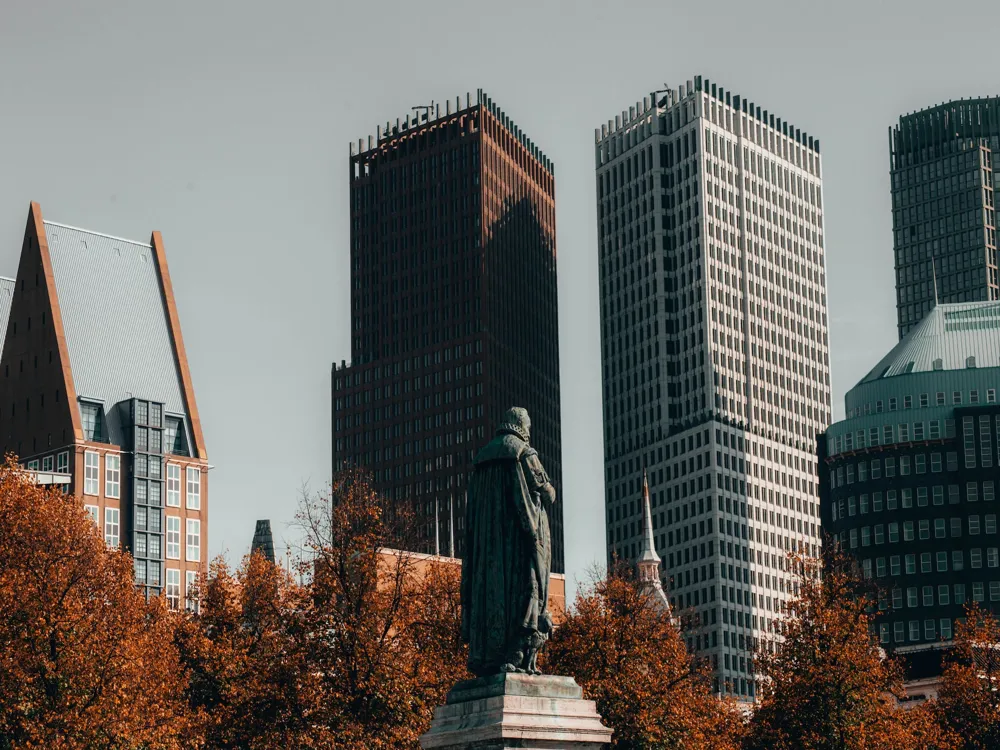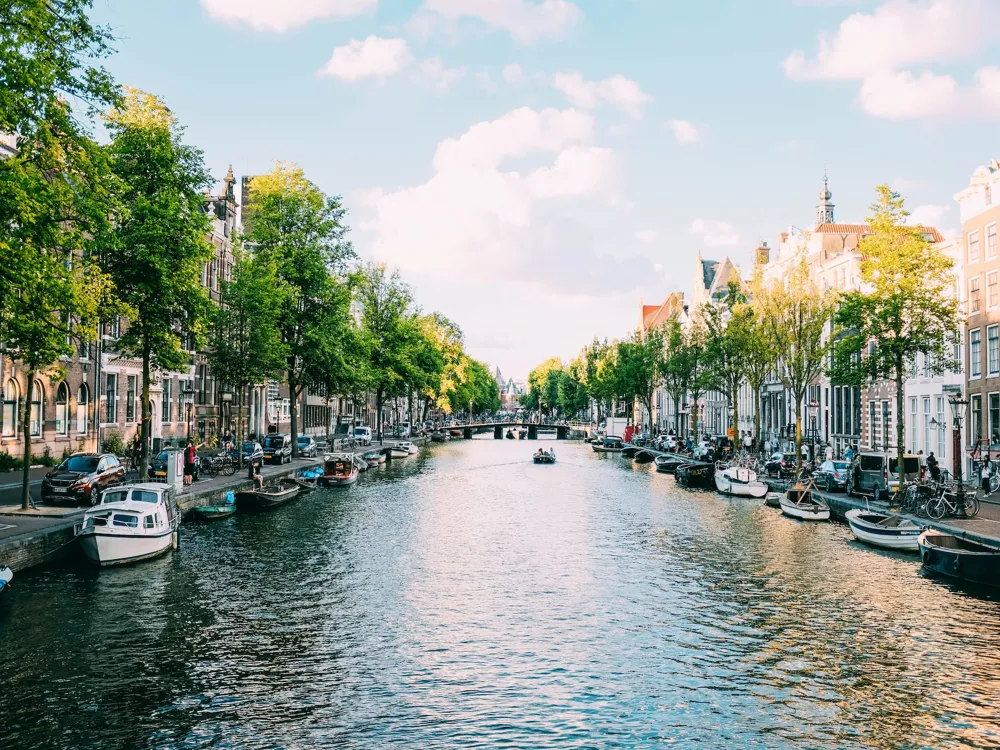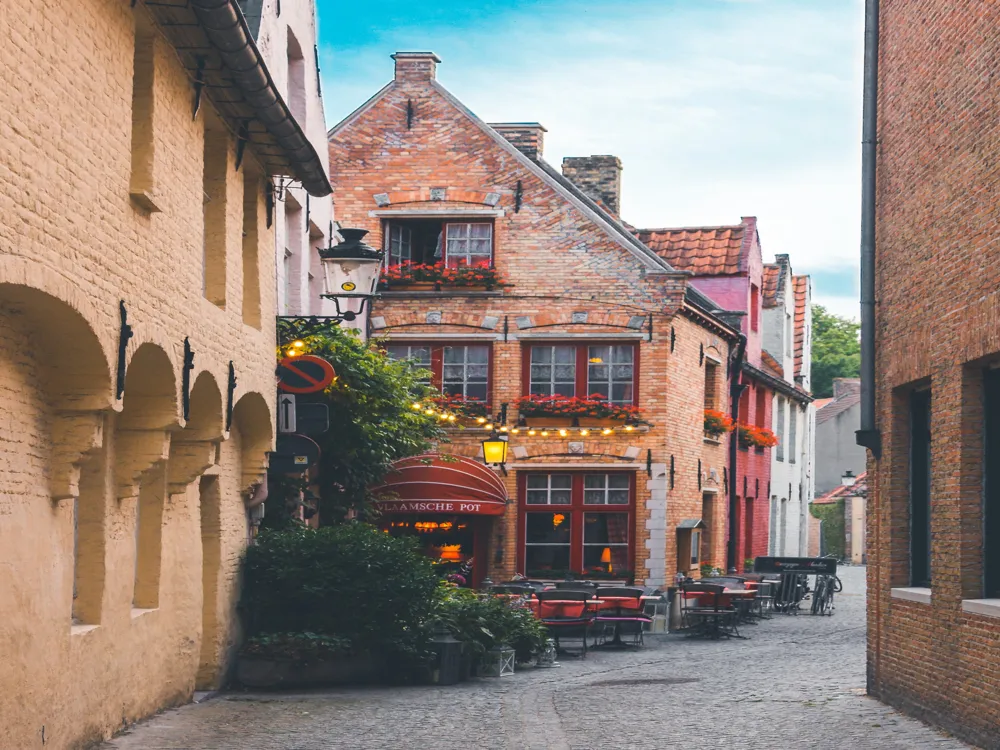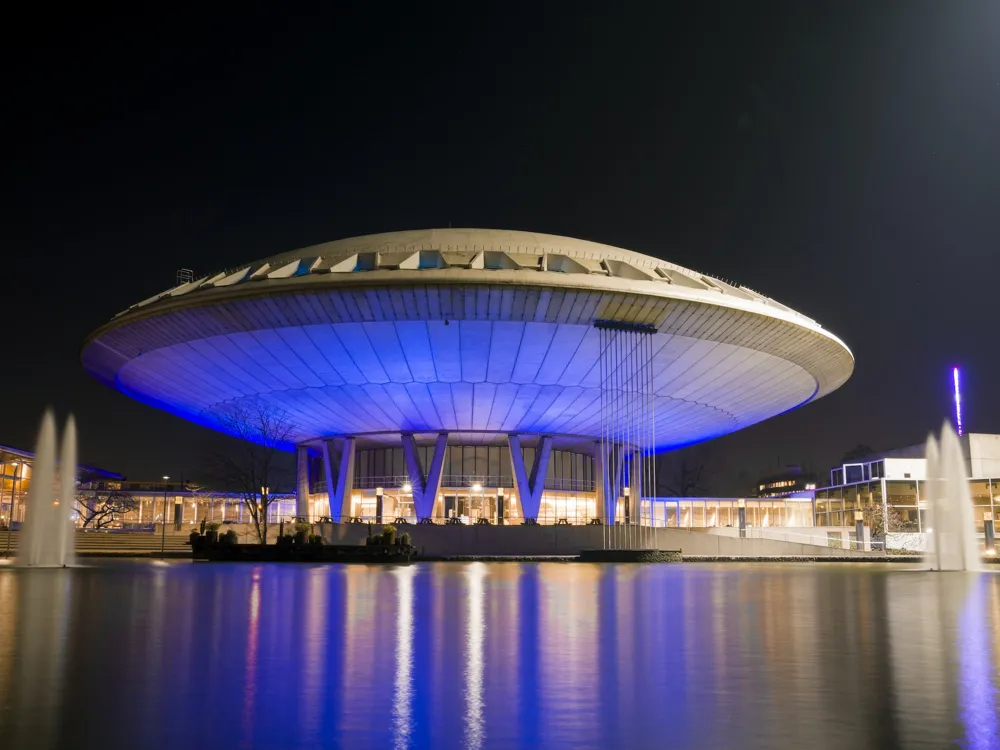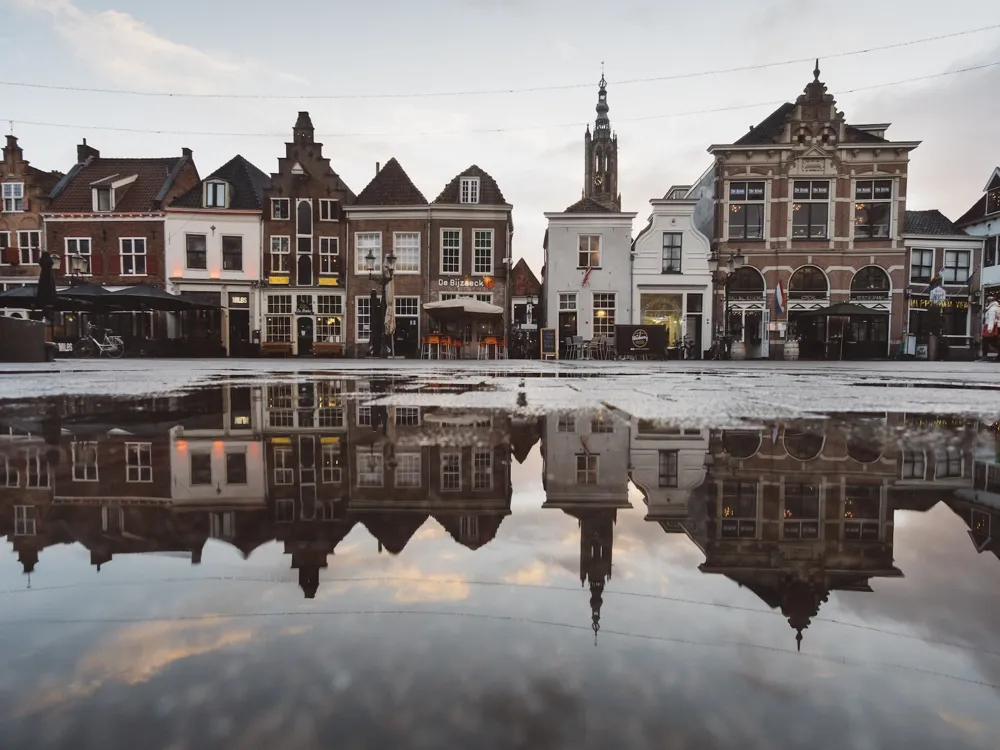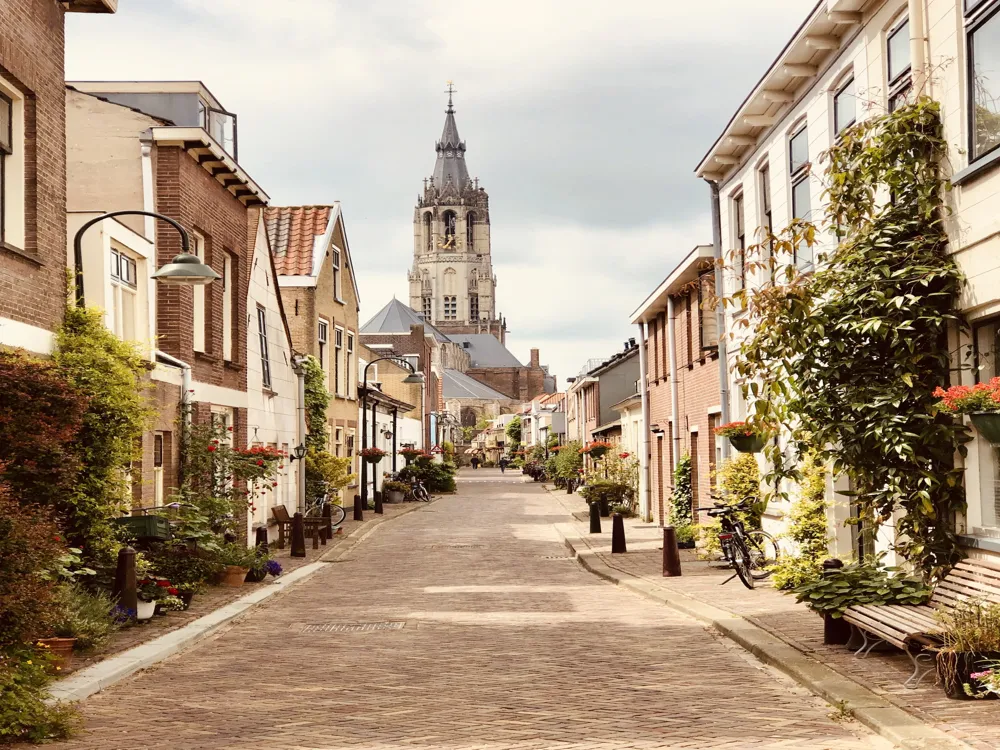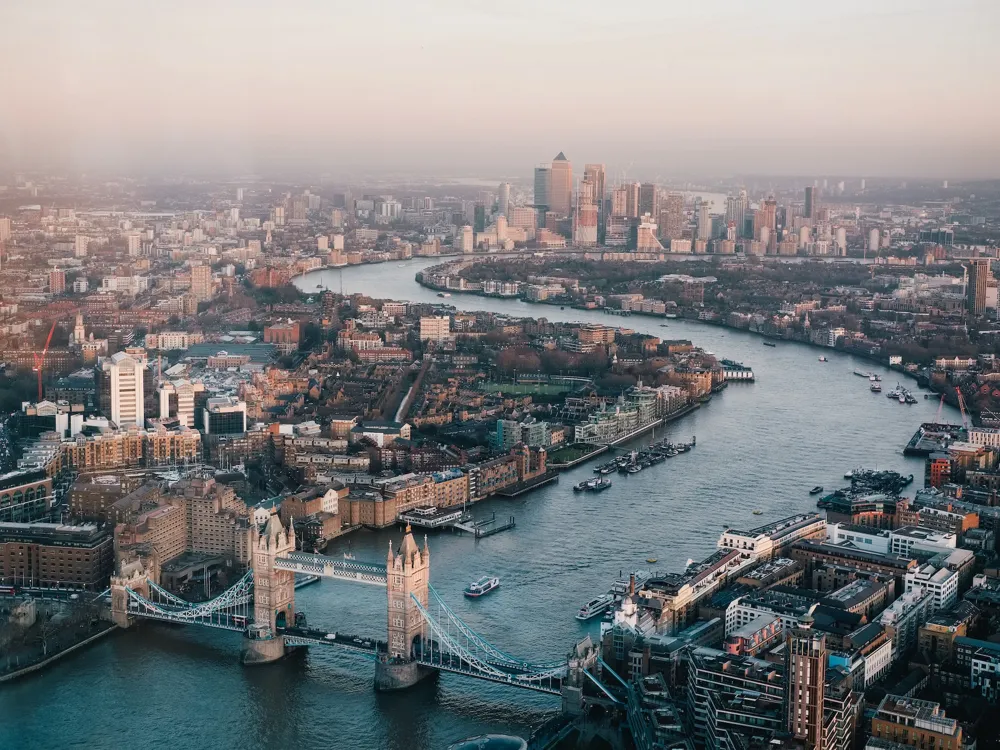Plan Your Travel To Brussels
Places To Visit In Brussels
Abbaye de la Cambre
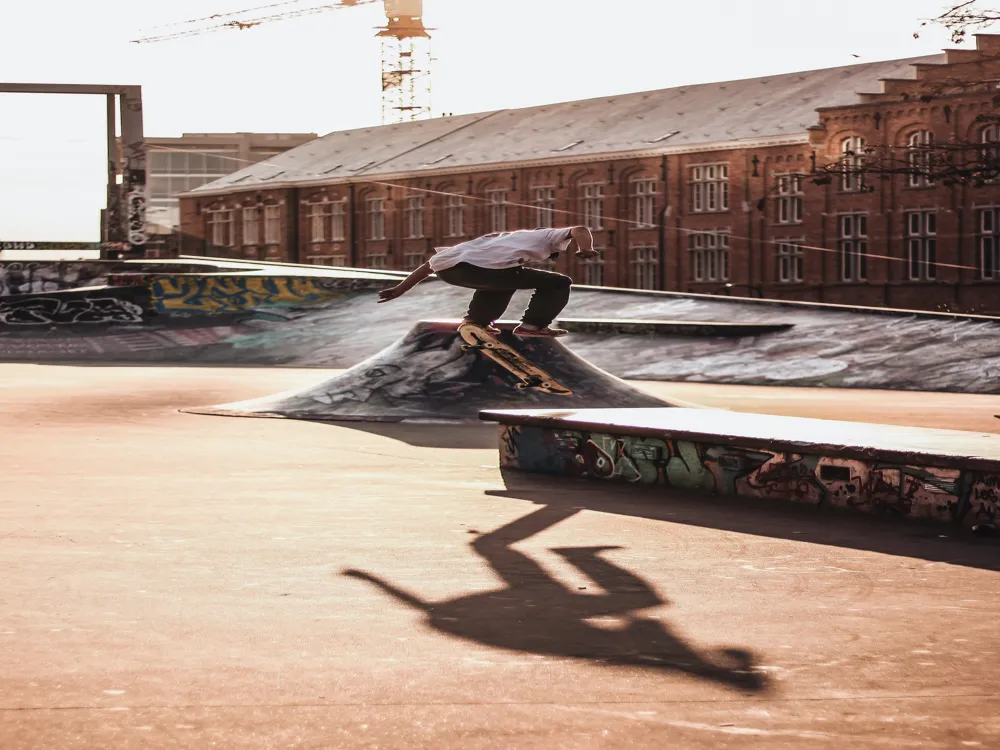
The Abbaye de la Cambre was entrusted to the Cistercian nuns of Brussels. Once the residence of several great abbesses such Régine, Lady of Beauffort and Marie, Lady of Egmont, the Abbaye de la Cambre was an important institution for young noble-women at one point.
Founded by a local noble-woman in 1196 called Gisele, it is a symbol of resistance during the French Revolution when the Abbaye was greatly suppressed. The structure is also known for housing a cherished oil-painting from the 16th century by Albert Bout titled The Mocking of Christ, in the main abbey. While the structure today is largely a new construction from the 18th century, the church, the refectory and the wing of the capitular hall are still reminiscent of the medieval era they were first built in.A catholic parish of the Archdiocese of Malines-Brussels, Ter Kameren Abbey as it is called, is home to a community of Norbertine canons. Today a part of the monastery is used as the headquarters of the Belgian National Geographic Institute, while another is used to house a prestigious visual arts school known as La Cambre. This former Cistercian abbey is located in the Maelbeek valley between the Bois de la Cambre and the Ixelles Ponds.
Read More
Basilica of the Sacred Heart

Basilica of the Sacred Heart is inspired by its counterpart in Paris. Constructed as a homage to the Belgian independence movement, It is located atop Koekelberg Hill, spread over Parc Elisabeth. It is also the largest church in Brussels and the fifth largest church in the world.
The first stone of the Basilica were laid on the 75th anniversary of Belgian independence by King Leopold II in 1905. Its width of 167 m makes Brussels’ Basilica of the Sacred Heart at the fifth largest church in the world. An architectural masterpiece of the twentieth century, the church fuses two unlikely styles: neo-Gothic and Art Deco. The construction of the church was done in phases, halted due to the two World Wars and finished in its present form only in 1971.The first thing that draws attention is the massive green dome contrasted with the red terracotta stones of the church. With one of the most beautiful views of the city, the Cathedral’s observation deck stands 53 m tall. Dominating the Northwestern skyline of Brussels, the platform can be accessed either by stairs or the two elevators commissioned by 2012, in the form of a cage and two fully glazed cabins.
Read More
Belgian Comic Strip Center
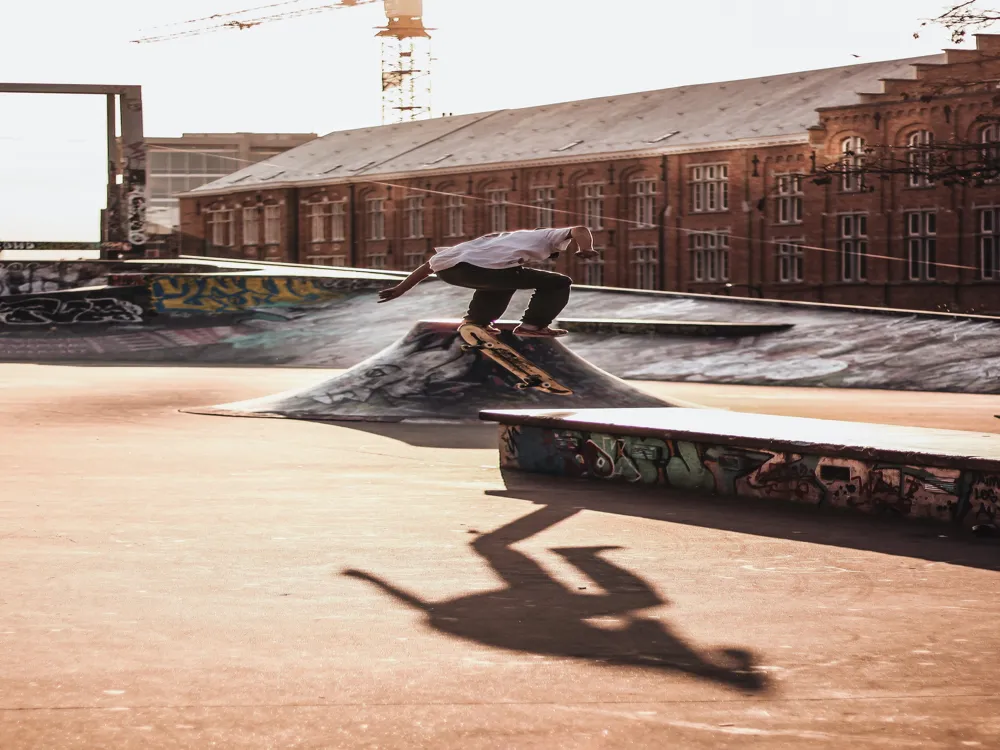
The Belgian Comic Strip Center is one of the most popular attractions in Brussels. A tribute to the zwanzei or sense of humour of the people of Brussels, the Comic Museum houses not just the famous Tintin and Smurfs comics but even lesser-known Belgian comics.
The Art Nouveau house designed by Victor Horta within which the museum is located, adds to the whimsical appeal of the place. The regularly renewed permanent exhibitions and a diversified programme of temporary exhibitions enable visitors to discover the countless aspects of comics art. Tintin and the Smurfs lead the way towards further adventures, an encounter with a world where creativity has no limits.Each section of the museum contains a lot of information about particular topics (history, art, etc.), which is very well presented and translated in three different languages (French, Dutch and English). However, shown illustrative examples mostly focus on Belgian comics and are moreover either in French or in Dutch.
Read More
Cathedral of St. Michael and St. Gudula
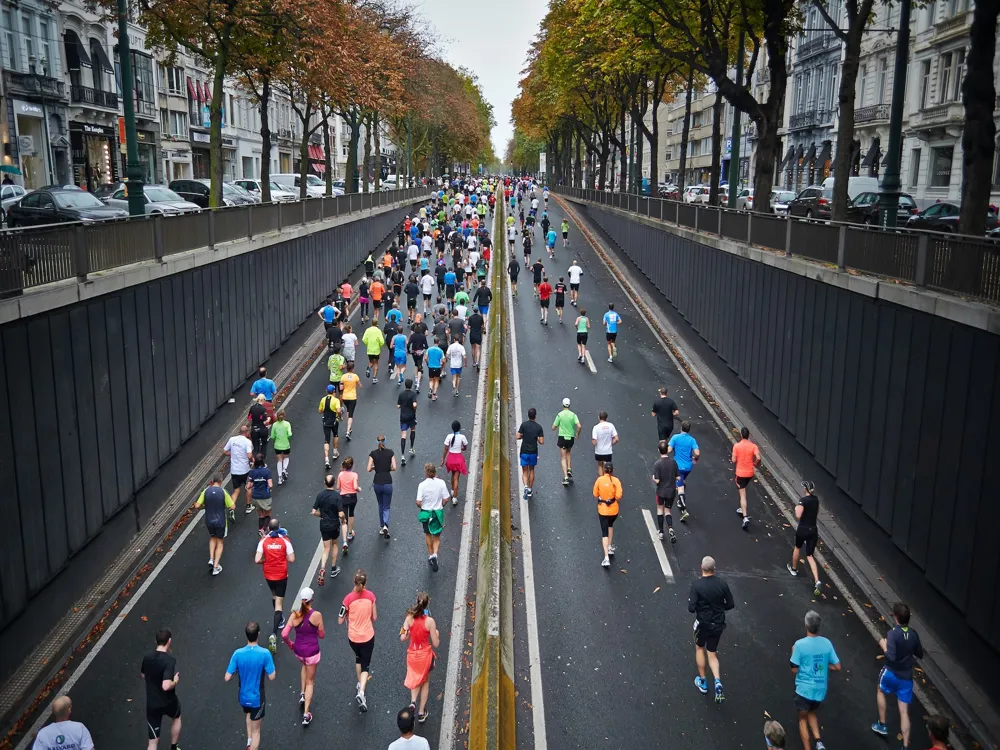
The Cathedral of St. Michael and St. Gudula is an 11th Century Gothic-style church, named after the patron saints Michael and Gudula. This magnificent church took centuries of transformation to look like what it is today and is now recognised as a historical monument of the city.
The church was given the ‘cathedral’ status in 1962. The Royal weddings and state funerals of the country take place in this cathedral, which makes it a very important site. The Gothic-styled towers, stained glass windows and the big organ inside the church are the most arresting features of this cathedral, and the tourists are left amazed by their sheer beauty. Tours to the tower are also available for the ones who wish to visit. It must include a maximum of twenty-four people for a visit which usually lasts for about two and a half hours and these tours begin from the month of March till late October.
Read More
City Museum
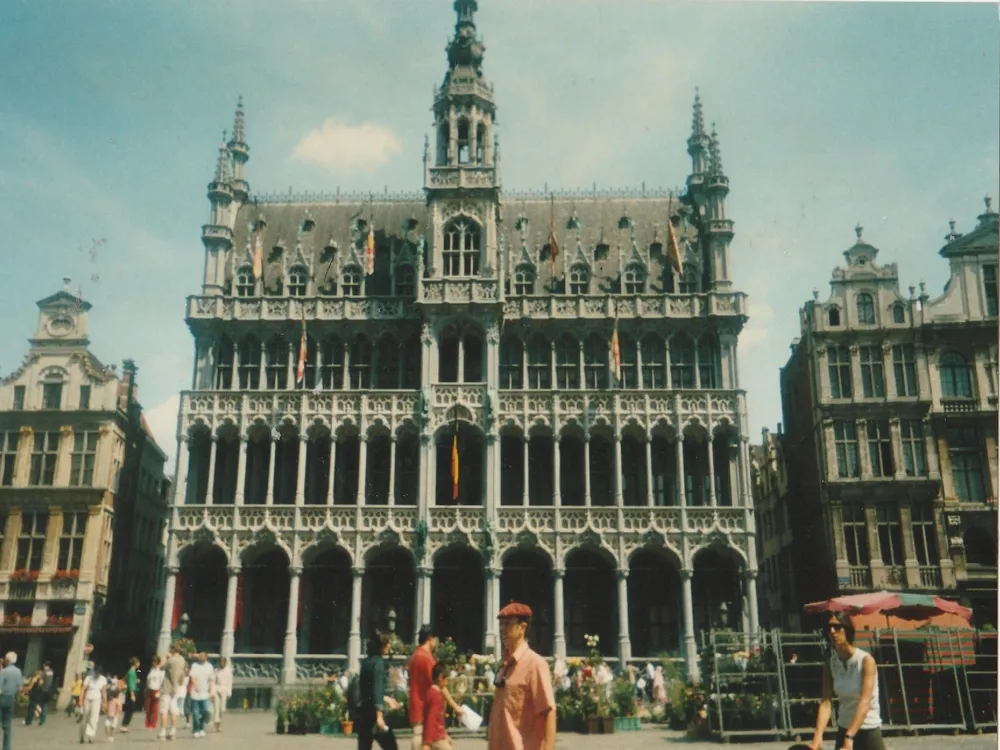
An ode to the city's rich cultural history and folklore, City Museum is a central attraction within Brussels. Located in Grand Place, the museum showcases medieval sculptures as well as new-age artworks.
Housed opposite the City’s Town Hall, in a Gothic revival style building known as Maison du Roi or the King’s House, the City Museum was inaugurated in 1887 on its second floor. The building itself is often called the Museum’s most celebrated masterpiece and was declared a UNESCO World Heritage Site in 2000, along with the Grand Place. Apart from the regular exhibits, the museum often puts up art shows featuring local talent and avant-garde art styles. It hosts a variety of guided tours and activities in an attempt to involve visitors more deeply into the history of Brussels. Fine arts and masterpieces that contributed to the fame and reputation of the city are exhibited in the museum such as paintings, altarpieces, faience and above all an exceptional collection of Brussels tapestries and the original statue of Manneken-Pis.
Read More
Coudenberg Palace
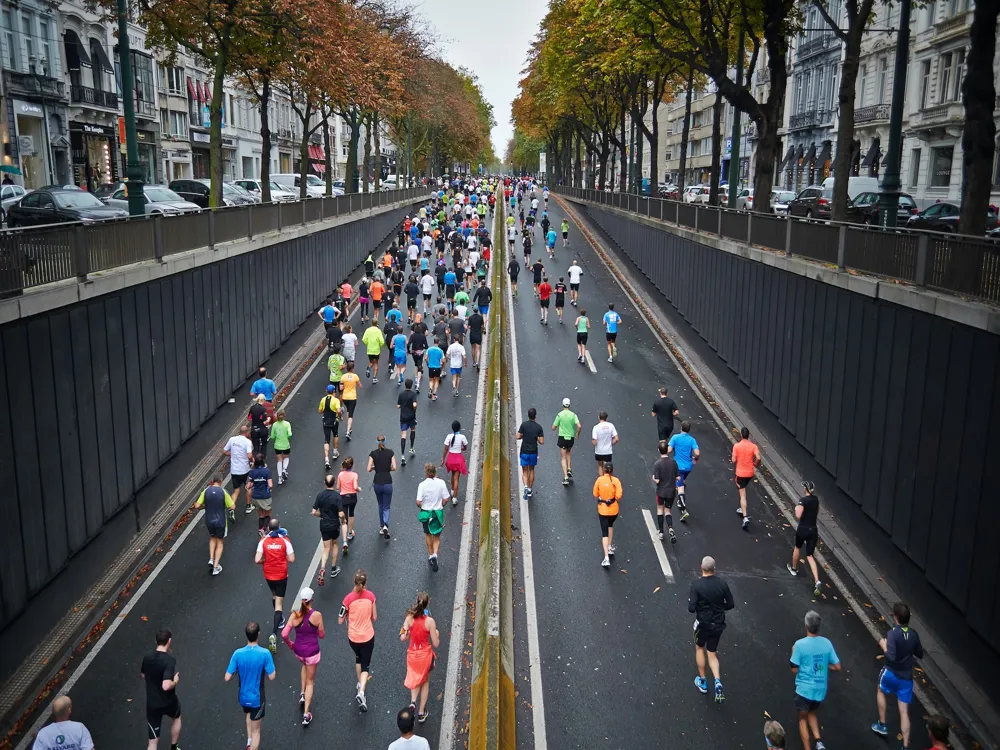
Once a royal residence, Coudenberg Palace is located on Coudenberg hill, regarded as Brussels's royal quarter. It is a fascinating archaeological site attracting many visitors from around the world.
Coudenberg is a small hill that is home to one of the most palaces that rests on this planet. The beauty of Coudenberg Palace astounds every eye that meets the view of this magnificent monument and invites several historians and architecture lovers from across the world. Charles V and other rulers resided in this prestigious castle, each modifying the palace until it was caught on fire in 1731 that burnt the whole place down. However, the ruins continue to attract tourists to this fascinating archaeological site.The Coudenberg Palace is surrounded by a lot of mansions that were constructed by various rulers that ruled in the past centuries. Visitors take a tour of the underground ruins of the then-residence of Charles V, along with the church that was recently constructed by two French Architects, Montoyer and Guimard. The only remains of the Palace include the main banqueting hall Aula Magna, the cellars of the main palace and the warehouse under the chapel, all of these being part of The Centre of Fine Arts. The ruins also include several stairs and passages leading to nowhere, that were once a part of the palace. The 8 centuries-old underground city has several writings on the walls that you’ll observe as you walk through the cellars and vaults. There is a Wifi audio tour of the palace, along with BELvue - a museum in Brussels that lies at the entrance of the palace. A whole tour of the palace will take 1.5 to 2 hours depending upon your pace.
Read More
Grand Place
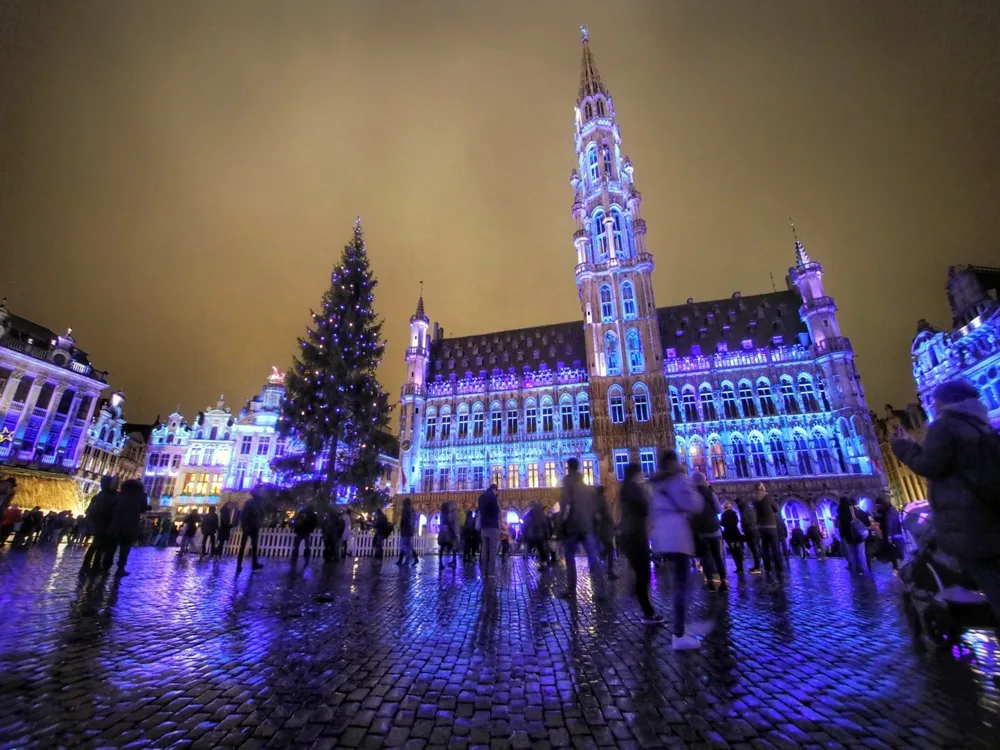
Most widely known as a social and grand square in Brussels, the Grand Place is a listed UNESCO World Heritage Site. Today the site is home to buildings, markets, restaurants and many leisure activities.
The Grand Place existed since the late 17th century. Rising from dreadful bombardment, Grand Place gives evidence to the success of Brussels after being defeated by Louis XIV in 1965. With references dated back at the beginning of the 13th century there was existence of three markets of meat, cloth and bread respectively. Later in the 14thcentury as improvements occurred in Grand Place, then owned by Duke of Brabant, there was a rise in local merchants with a blooming trade. Even though the square was present sans a definite border, it was the Brussels Town Hall construction on the south that added as a landmark. With 70000-strong French army working for François de Neufville caused destruction on 13 August 1695. A massive destructive arms like mortars and cannons to set fire on major part of Grand Palace and the nearby district. Due to this annihilation only stone made section of the town hall and few other buildings remained, while the rest went came down crumbling. After four years the Grand Place was renovated by the city’s association with the combination of Gothic, Baroque and Louis XIV fashion. With a few more years of both devastation and rebuilding of the Grand Place, it was in 1885 that the Belgian Labour Party organized the first official meeting at the Grand Place.During World War I, the town hall was made into a makeshift hospital as refugees made Brussels a safer place to be. The Grote Markt or Grand Market started on 19 November 1959 at Grand Place and still exists. Though the square has been through many attempts of bombarding and then redevelopment, it still is regarded as one of the lively and amazing public squares in Europe.
Read More
Manneken Pis
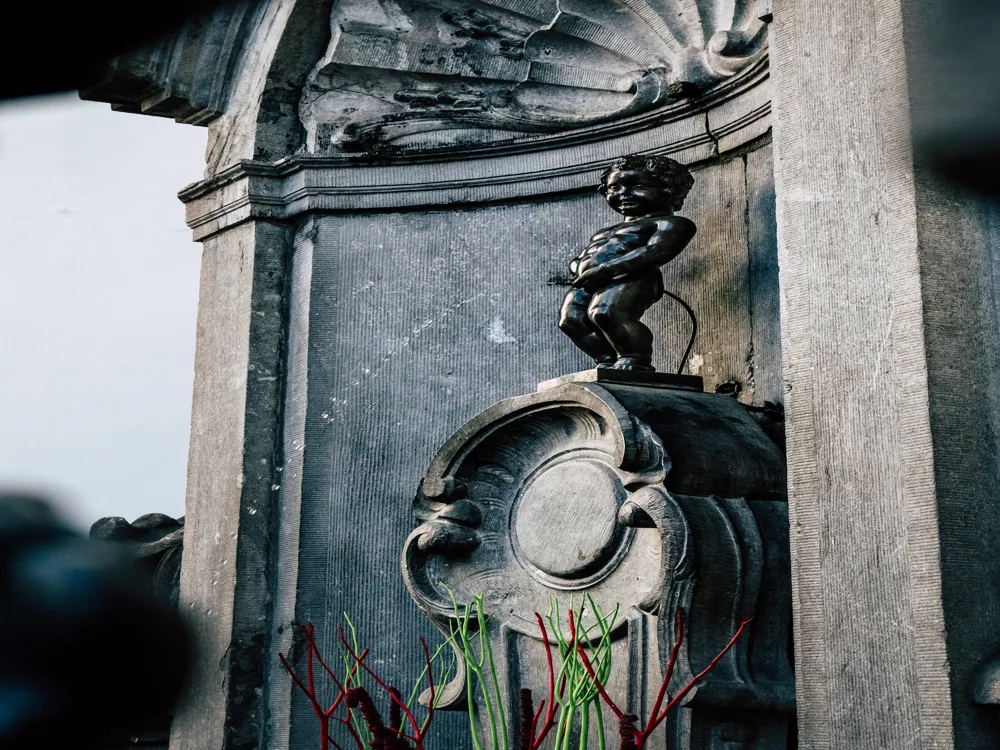
Mannekken Pis, translating to ‘peeing little man’, is a fountain about five minutes from the Grand Place square. The bronze statue of a naked boy urinating into the fountain’s basin has become the city's mascot.
A part of Brussel’s history since 1619, the Manneken Pis is one of the first attractions tourists hear about and see in the capital city. Earliest memories of Manneken Pis go back to the 15th century when it was designed to be a part of the water supply system in Brussels. The statue majorly contributed to the distribution of drinking water in Brussels as the water poured into a basin of stone. Later in 1619, the statue was changed to a bronze version based on the designs of sculptor Hieronimus Duquesnoy. With a height of 61 cm, the statue also had faced and survived damages during the bombardment of 1695 and has also been an object of theft many times. Antoine Licas a fugitive in 1817 stole the statue and later it was found into 11 broken pieces. He was then punished by tying to stocks at the Grand Place with the statue being restored under the supervision of Gilles-Lambert Godecharle. Successive theft attempts occurred in 1955, 1957 and 1963 and 1965; on some occasions it was either stolen by some students' of Antwerp student association or found in Charleroi Canal. Today Manneken Pis stands on display corner of Rue du Chêne/Eikstraat and Rue de l'Étuve/Stoofstraat.
Read More
Notre Dame du Sablon
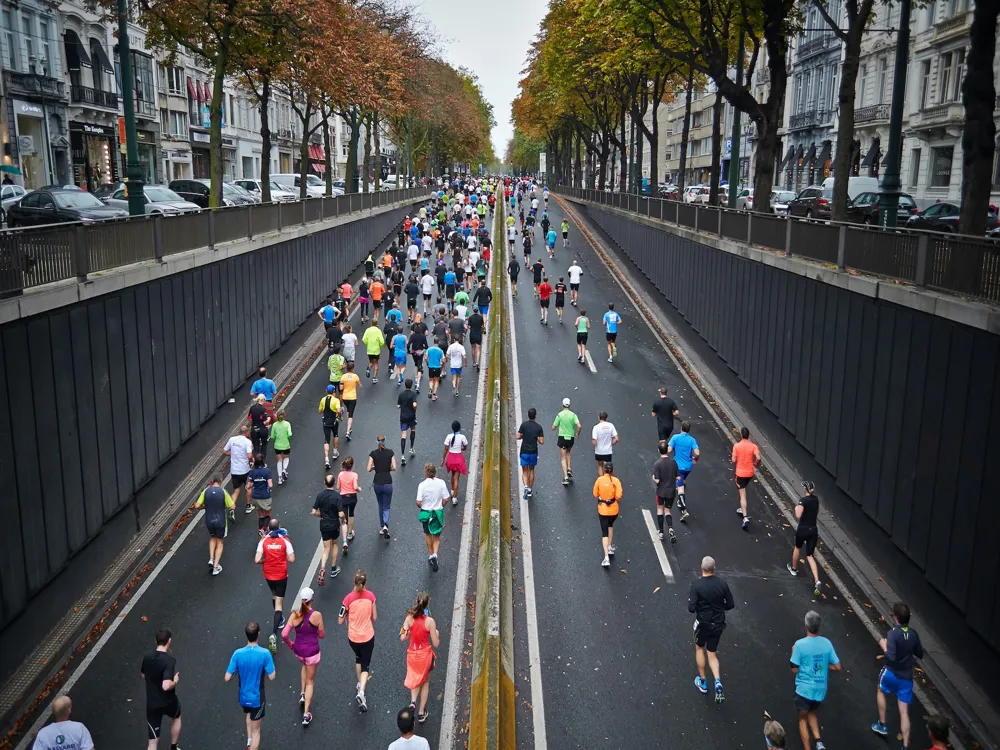
Notre Dame Du Sablon is a prominent Roman Catholic Church from the 15th century. Located in an area of high historical importance, this magnificent structure is one of the country's most exceptional and finest illustrations of Brabant Gothic Architecture.
Ask about the best monument that depicts absolute Brabant Gothic Architecture, and Notre Dame du Sablon will be the first to be named. The church is known for 5 broad naves having pillars and columns with no capital, thus giving a vertical essence to it. The columns are glorified with 12 statues of apostles that were sculpted by the best ones in the 17th century. The 11 glass windows, designed by Samuel Coucke and Jacques Colpart, depict typical ancient gothic style with their 45-ft height, colourful decorations and intricate designs, allowing light to come in during the day. The light gives lustre to the interior on the buildings and creates a positive environment for the visitors. During the night, the large windows are lit up from inside that gives a spectacular view of the monument from outside. The pulpits, designed by Marc de Vos, rests on a base containing four sculptures that symbolizes the Evangelists - The eagle, angel, lion and ox. Two splendid chapels, also a part of this monument, were built in the 17th century by the Thur and Taxes family. One of them is Saint Ursula Chapel which was designed by Lucas Faydherbe and features some valuable sculptures and the other one made of white marble is dedicated to Saint Marcouf. In front of these chapels lies the then-residence of the Thur and Taxis family, where their remains have also been buried. Opposite the church lies a pond with a fountain on it and a park where benches are available to sit and relax.
Read More
Parc du Cinquantenaire
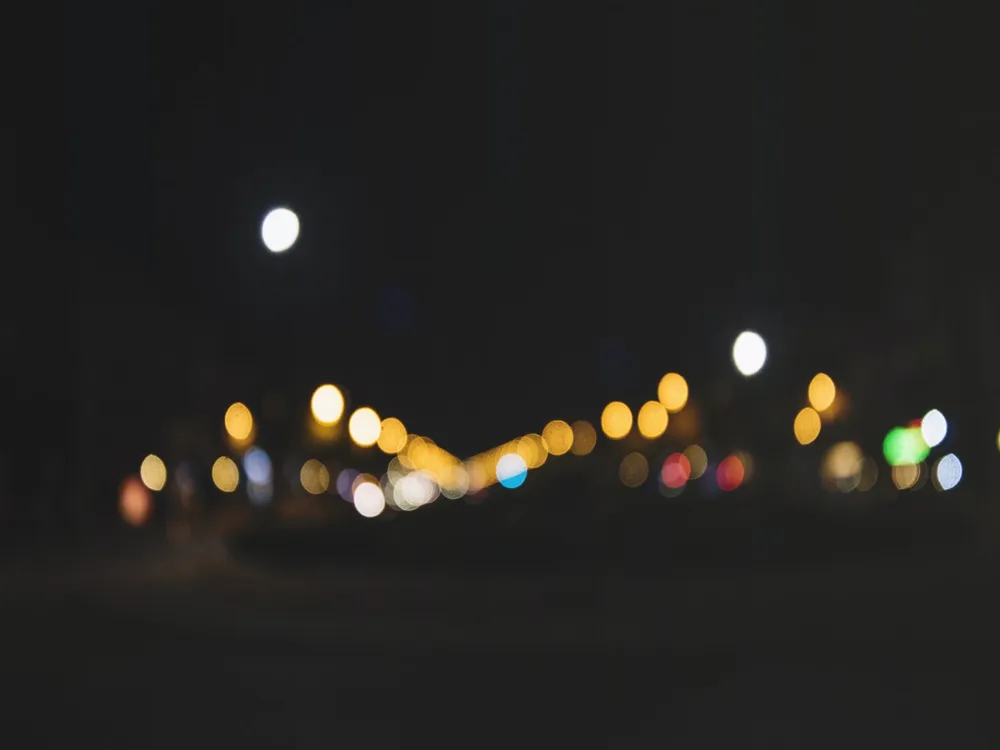
Parc du Cinquantenaire is a park that houses various museums, shops, monuments and art galleries - in one place, hence it takes the whole day to visit the whole park. The arch-shaped monument in the park makes a place for various open theatre performances.
Parc du Cinquantenaire is not just the most breathtaking park in Brussels - Belgium but also a popular site of historical and cultural importance. The name represents ‘Park of the fiftieth century’, symbolizing the work of King Leopold II who built this magnificence in the celebration of the golden jubilee of Belgium Independence. With an area of 30 hectares, the multi purpose place serves as a great place to relax, go for a jog or a picnic with family, take a tour of the museums and enjoy the views that the buildings offer. The two arms of the arch house 3 world famous museums:1. The AutoWorldThe place has hosted several automobile exhibitions in the 20th century, and also treasured car collections having huge historical significance. The museum is known for the showcase of over 300 cars, trucks and motorbikes of various models dating back to the 19th century. Belgium Car History is beautifully shown with authentic car designs, Royal Family vehicles and miniature cars2. The Royal Museum of Armed Forces and Military HistoryThe Museum opened in 1923, and has incorporated the Belgium War History with the equipment, uniforms and armoured vehicles dating back to the 10th century. Along with that, the museum also showcases 130 Airplanes and Helicopters that were used in the world wars. The amount and diversity of the articles makes it the world’s largest and one of the most important military museums of all time.3. The Royal Museum of Art and HistoryOne of the largest museums in the world, The Museum of Art and History showcases a wide range of items from all over the world. Valued antiques and items of archaeological importance have attracted a large number of history lovers. European, Asian and American civilisations have also been shown through various pictures, objects and documentaries. Sculptures, paintings, furniture and clothes dating centuries ago also take the tourists through a beautiful journey of history.The Great Mosque of Brussels is also located in the north-western corner of the park. The Oldest mosque in Brussels, it is the prominent cultural site for Islamic communities in the country. Built in 1880 by Ernest Van Humbeeck, the architecture of the mosque is purely arabic and a popular place of worship. The park is a place where various shows, concerts, festivals, performances and drive though theatres. With the fountain and the decorations making it very picturesque, one says that your trip to brussels is incomplete without spending a day here. There are picnic tables, playground for kids of all age groups, sports area and well defined jogging tracks. You can also climb to the top of the arch to witness a spectacular view of the whole city.
Read More
Brussels Travel Packages
View All Travel Packages Brussels
Nearby Places Brussels
Browse Package Collections
Browse Hotel Collections











